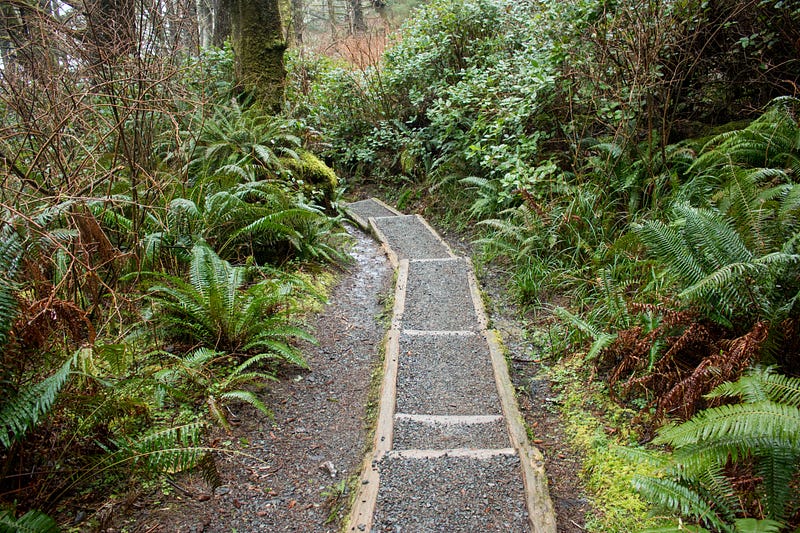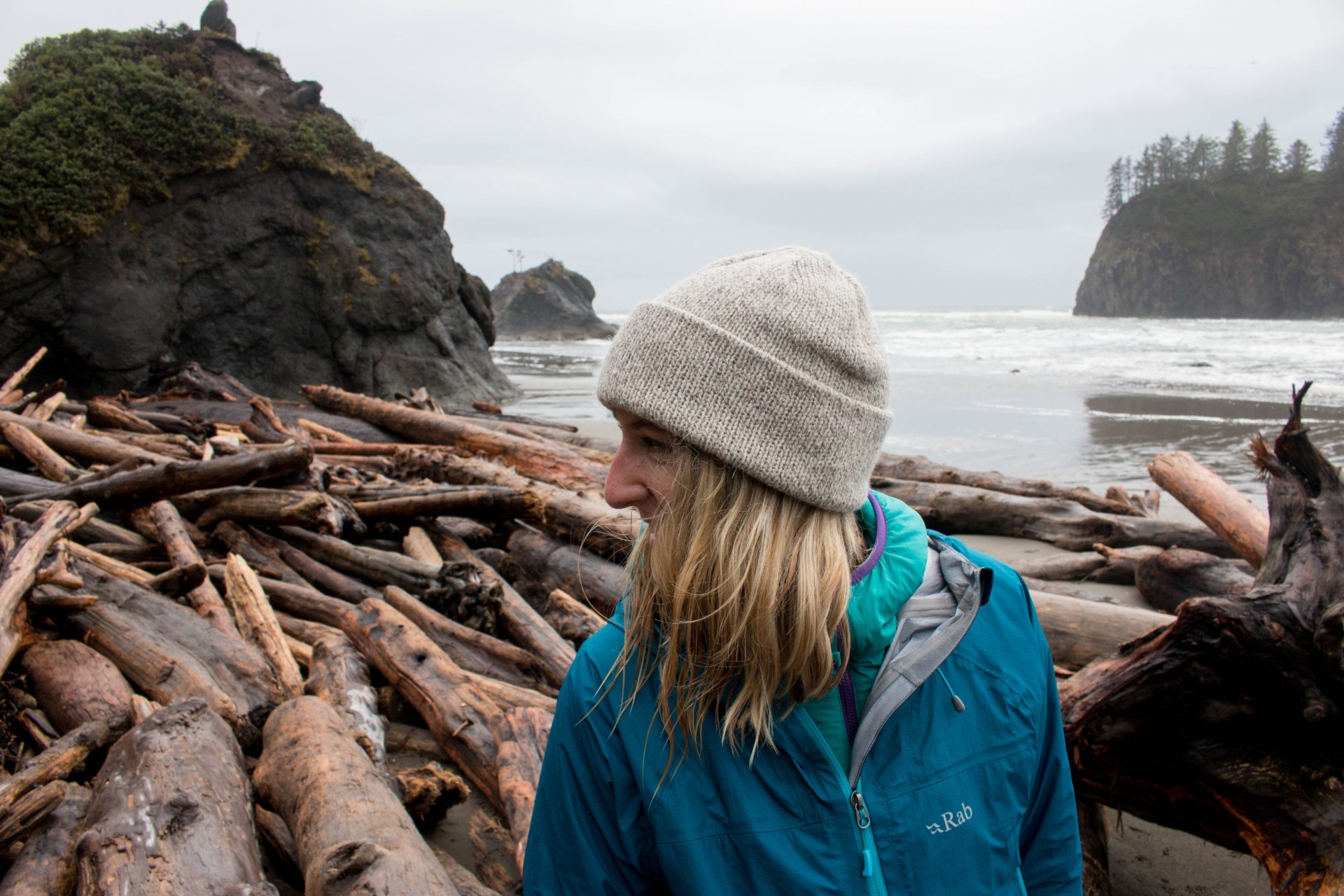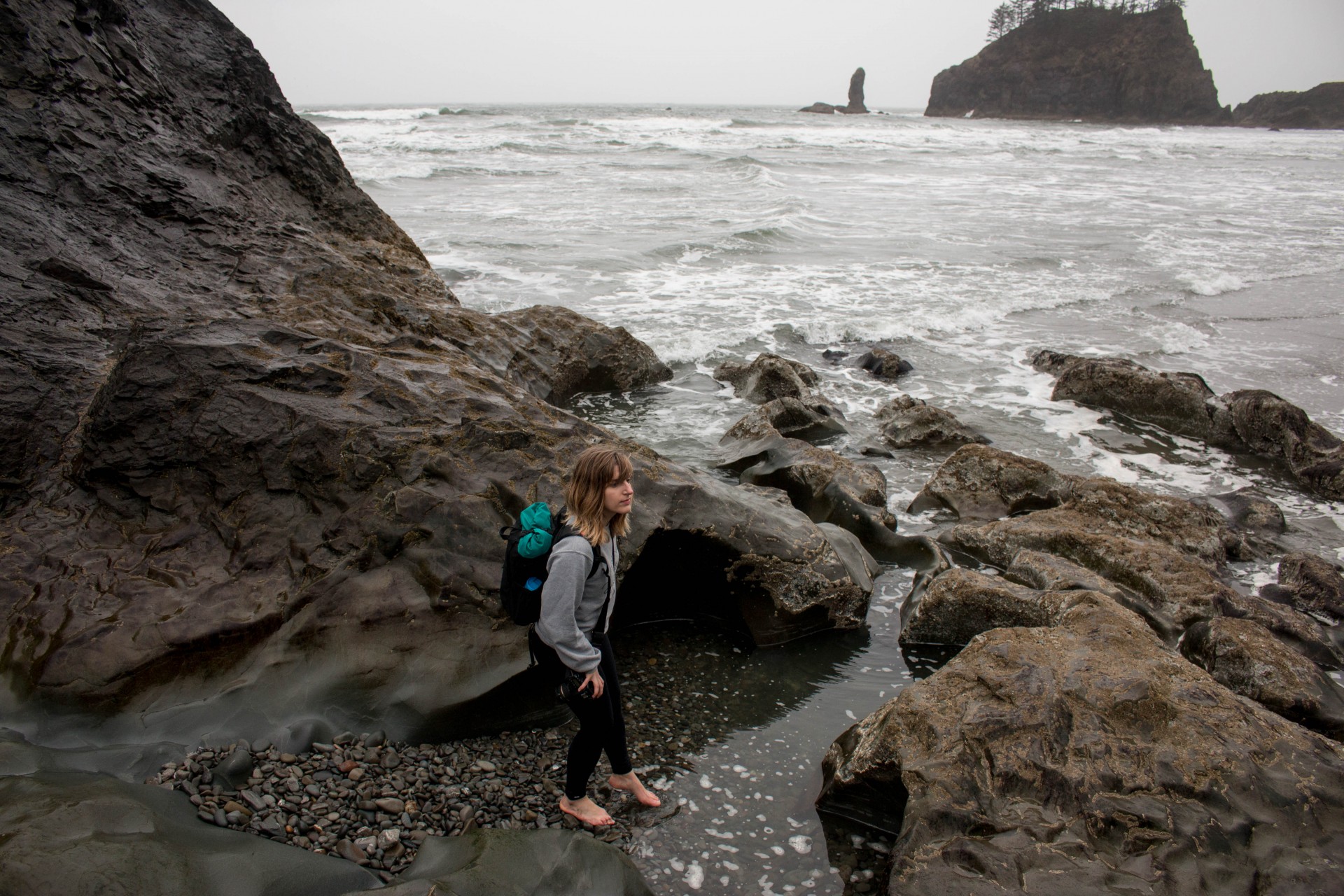Embracing Winter Weather at Olympic National Park
I see two options. Keep bitching about the rain, or be thankful that each drop of water assists with the vibrancy and beauty of our forests.
Let's choose the latter, shall we?

The forecast for our long weekend at Olympic National Parkwas rain and more rain. We shouldn't haven't expected anything different. Precipitation in the Olympic’s rain forests ranges from 140 to 167 inches (12 to 14 feet) every year. Much of it occurring during the winter months.
The weather didn't deter us, and it doesn’t appear to discourage other nature lovers. According to the National Park Service, almost 3.4 million people visited the park in 2016. That number is up by 100,000 people since 2015. If the trend continues, 2017 should be another busy year with a lot of happy climbers and campers.
Thankfully, over 95% of Olympic National Park is designated wilderness, encompassing and protecting one of the largest wilderness areas in the contiguous United States.
That’s approximately 922,651 acres of wild coastline, mountains, and old growth temperate rain forests. With the help of the National Parks Service and visitors that leave no trace, this diverse wilderness should remain a place that future generations can appreciate just as we did.
And appreciate it we did, regardless of the rain!
We caught some luck and the skies opened one afternoon, allowing us the chance to explore in semi-dry comfort.
We drove to second beach trailheadand started along the flat, well-maintained path. A little less than one mile later, the dense forest of Sitka spruce and western hemlock trees opened up to vast expanses of sand. We were welcomed to a playground of driftwood and a long inviting stretch of beach thanks to low tide.
Looking out towards the sea, our eyes landed on giant sea stacks with tiny forests growing on top. Nesting seabirds call this area their home and circled around as we wandered down to the tidepools. We had hoped to find starfish or other sea creatures but settled for admiring how the water helped shaped the area we were standing in.
As the clouds rolled in again, we reluctantly decided to head back for shelter. A wood burning stove, chips & salsa and whiskey were calling our names.
Pro Tip: If you’re planning to visit in the winter, rent a cabin.
We stayed at the Quileute Oceanside Resort, which is operated by the Quileute tribe. With no televisions or wi-fi, it becomes that much easier to unplug and remain present.





